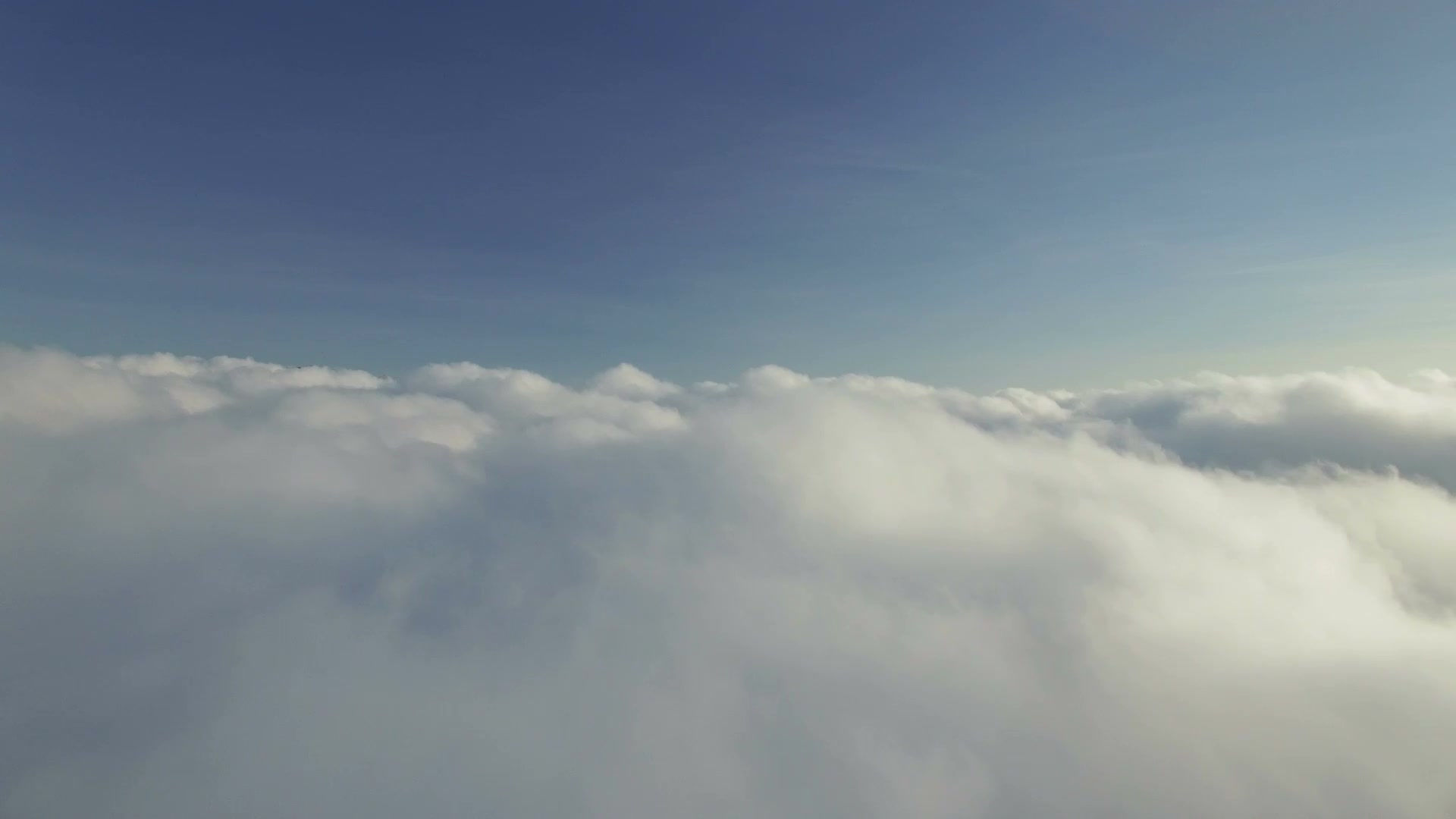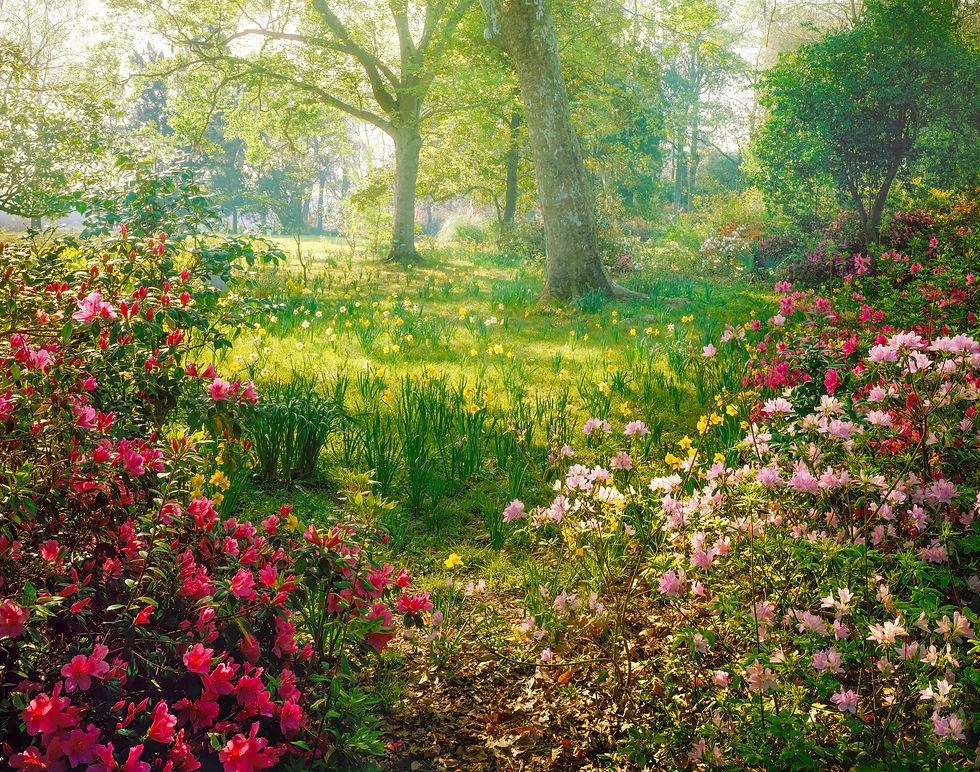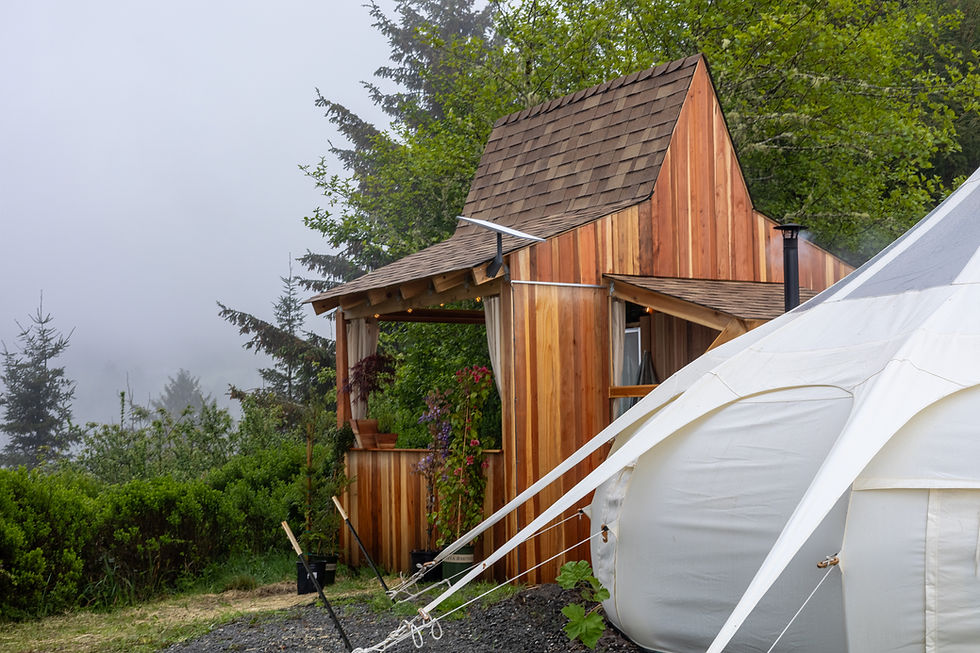
Join our mission to create a community sanctuary
Support our GoFundMe campaign
Lost Coast Gardens will soon be open to the public daily
Stay tuned for our launch date
Follow us on Instagram for updates
In the meantime, please call or email for an appointment to visit
Our Vision
We invite you to participate in the growth of Lost Coast Gardens, a mystical and enchanting community space overlooking the ocean outside Ferndale, California. We are located 15 minutes from this historic village, known for its Victorian architecture, at the gateway to the Lost Coast—a rugged, undeveloped region 250 miles north of San Francisco. Our intention is to develop a world-class botanical garden on 75 acres recently purchased for the purpose, which we are dedicating as a spiritual refuge for generations to come.
What your donation will support:
• A program for homeless residents to experience the gardens (horticultural therapy) and learn skills (plant propagation, landscaping, animal husbandry)
• A program for kids to learn and play in nature
• Infrastructure: irrigation systems, fencing, sheds, greenhouse, road and trail development, plus structures for gathering, storage, propagation, plant sales, etc
• Tools, supplies and equipment: carts, hand tools, power equipment, propagation materials, etc
• Soft costs: permitting, design fees, marketing, web, etc
• Human resources: staff for maintenance, programs, administrative, etc

The site: 75 acres of forests, meadows, streams and rugged, breathtaking terrain
Our Story
On an epically stormy night last November—weather forecasters described it as bomb cyclone and atmospheric river rolled into one—my wife, Samira, and I pitched a tent. Our neighbors must have thought we were out of our minds, struggling out there in the dark and howling wind to get the thing staked into the ground. We were on 75 acres we'd just bought on the Lost Coast, a 100-mile stretch of Northern California so rugged that the engineers who built Highway 1, the famous coastal route, decided to shift the road inland where the terrain was more amenable.

The Lost Coast is blessed with abundant rain, wind and fog : )
We were determined to get the tent up, not because we love camping in the rain, but because it represented the first step toward a shared dream: to create a sanctuary for the spirit, not just for ourselves, but for anyone who needs respite. When the human world is harsh, nature is the best medicine.

Sunshine after the storm
I am a writer who has spent the last few years working on a book and film about California’s homeless communities, places that often feel unbearably harsh. Samira is a doctor who grew up in Iran, where oppression of the human spirit is government policy. She lived through a war for the first eight years of her life, and some of her earliest memories are running from her apartment into barracks where her family took shelter during bombing raids. No matter how wonderful or difficult our lives are, at some point everyone needs a place where they can take refuge—the essence of what Lost Coast Gardens is about.

Me and Monte
I learned a lot about what it means to have a place of refuge from my friends at Wood Street Commons in Oakland, an unhoused community that is the focus of my book and film, and particularly from a dear friend there named Monte (who’s pictured with me above and in the clip from my film below). In this case, the refuge took an unexpected form—a sprawling homeless camp in the concrete jungle of West Oakland. I found that Wood Street Commons and other camps I spent time in were places where our most broken, traumatized and dispossessed neighbors came together to take care of each other. They supported each other with their basic needs—food, clothing, shelter, livelihood, and most importantly, the essential need to feel part of a tribe where you feel connected and understood.

Monte telling it like it is -- sneak peek from The Spark film
Lost Coast Gardens is inspired by those experiences and dedicated to those who suffer most. Unfortunately, homeless camps rarely last long before they are bulldozed, their residents forcibly removed by the police, the bonds of the community broken. Which is why part of the mission of Lost Coast Gardens is to welcome our unhoused neighbors, provide opportunities to take refuge, experience the serenity of the gardens, and help care for the plants, providing both horticultural therapy and skills training. As a reference for what this might look like, we recommend checking out the Homeless Garden Project in Santa Cruz. We would primarily work with the unhoused community in Humboldt County, which is extensive, but may also bring groups up from the Bay Area.

A favorite moment from Wood Street Commons -- hoping to bring some of this energy to Lost Coast Gardens
Lost Coast Gardens will be open to the public year-round for passive recreation, including picnicking, hiking, planting and harvesting. It is a community space and we welcome groups and events that are in alignment with the mission. One priority is to welcome children from low income households—whether school groups, summer camps, or informally with their families—who will have the opportunity to experience various farm animals that we plan to integrate. We already have a space in mind for horses that we hope to break ground on soon.

We hope to have a half acre of lavender planted by fall with the first essential oil harvest next year
What will the gardens look like?
Prior to becoming a writer, I had a career in landscape design, developing private gardens with a focus on edibles, native species and ecological methods (I hold a master’s degree in environmental planning and design). I see Lost Coast Gardens as a place where the natural environment and the “gardens” are seamlessly integrated into a single ecosystem. I envision it as a landscape that evolves over many years, a necessary perspective when planting trees. But there are some components that will take shape quickly, such as a large-scale lavender planting we hope to get in the ground this year at the main entrance to the gardens. I have previous experience with essential oil production and look forward to our first community lavender harvest and distillation (a traditional copper "alembic" still similar to what’s pictured below will be used for oil extraction).

The ancient art of essential oil distillation is a magical process
Over time, we will expand with extensive gardens across the property, with a focus on shade-loving perennials from around the world. Where appropriate, we will also develop edible gardens. We have numerous small springs that we hope to develop into a series of water features. The native alder and spruce forests will form a canopy for these plantings, with large areas left entirely to nature. Visitors will have the opportunity to experience this paradise via an extensive trail system that we have already begun to build.

Feels like a painting, but it's a photo -- this is what a forest garden can look like
One of my greatest inspirations is the Buçaco Forest in Portugal (pictured below), which I visited years ago. A forest garden that has been cultivated for more than 1000 years by ascetic monks, it includes hundreds of species arranged informally across hundreds of acres. Recently nominated as a UNESCO World Heritage Site, it’s a garden that looks and feels much like a natural forest, with places designed for quiet reflection scattered along the network of footpaths. The monks’ reverence for nature is still palpable and inspires the same among visitors. We hope to bring this sense of mysticism and enchantment to our work at the Lost Coast Gardens. Like the Buçaco Forest, our intention is that it survive and evolve for many generations.

Forest garden plus sacred space -- the UNESCO-nominated Buçaco Forest is a model for our vision
Your donations will help lay the groundwork for all of the above. Our goals in the first year include the development of a water system for irrigation and other essential infrastructure, construction of a demonstration garden, establishing a half-acre field of lavender for essential oil production, and hosting our first groups. We also plan to establish a small nursery and farmstand, where visitors can get a taste of the place and return with plants for their homes and gardens. Rather than sell plants in plastic pots, we will build our own planters with local, sustainably-harvested redwood. An image of prototype planters I built recently is below. The nursery will serve as an essential revenue source, allowing us to maintain and expand our operations over time.

Redwood planters instead of plastic pots -- our nursery will be open to the public soon!
What’s up with our tent?
This is the first question in many people’s minds when they visit and see our whimsical white abode. The short answer is that the property was nothing but raw nature when we bought it—we needed shelter. But we see a deeper meaning. The thin cotton walls of the circular structure are an expression of the ethos of Lost Coast Gardens—a sacred space to breathe and be in intimate contact with the elements. Like the tent, our vision for the land is to cultivate something simple, timeless, and even luxurious—not luxurious in a material sense, but in the way that putting one’s nose into a rose blossom and inhaling deeply is a luxurious experience.

Luxury = Simplicity = Nature
Ultimately, we see Lost Coast Gardens as a spiritual refuge. We take inspiration from the gardens of temples and sacred spaces across the planet, both in their physical beauty and in the universal idea that nature is the greatest sanctuary for the soul—and, in many ways, a teacher.

Who We Are
Brian Barth is a landscape designer, urban planner and award-winning independent journalist with bylines in the New Yorker, National Geographic, Washington Post and The Guardian, among other publications. His first book, Front Street: Resistance and Rebirth in the Tent Cities of Techlandia, will be published in November 2025. His first film, The Spark, is currently in post-production. He holds a master's degree in environmental planning and design.
Samira Kiani is a doctor, genetic scientist, multimedia producer and entrepreneur. Her research focuses on how to make the tools of genetic engineering safer and applied within an ethical, humanistic framework. Her film on the topic, Make People Batter, premiered at Hot Docs in 2022 and is now available on Apple TV and other streaming platforms. In January 2025, she was honored by President Biden with the Presidential Early Career Award for Scientists and Engineers.
Samira and I also operate Union Island, a floating refuge on a century-old wooden yacht called Asesu. We are proud members of Temple Guaracy, an international organization dedicated to the preservation and full development of LIFE.
_JPG.jpg)


